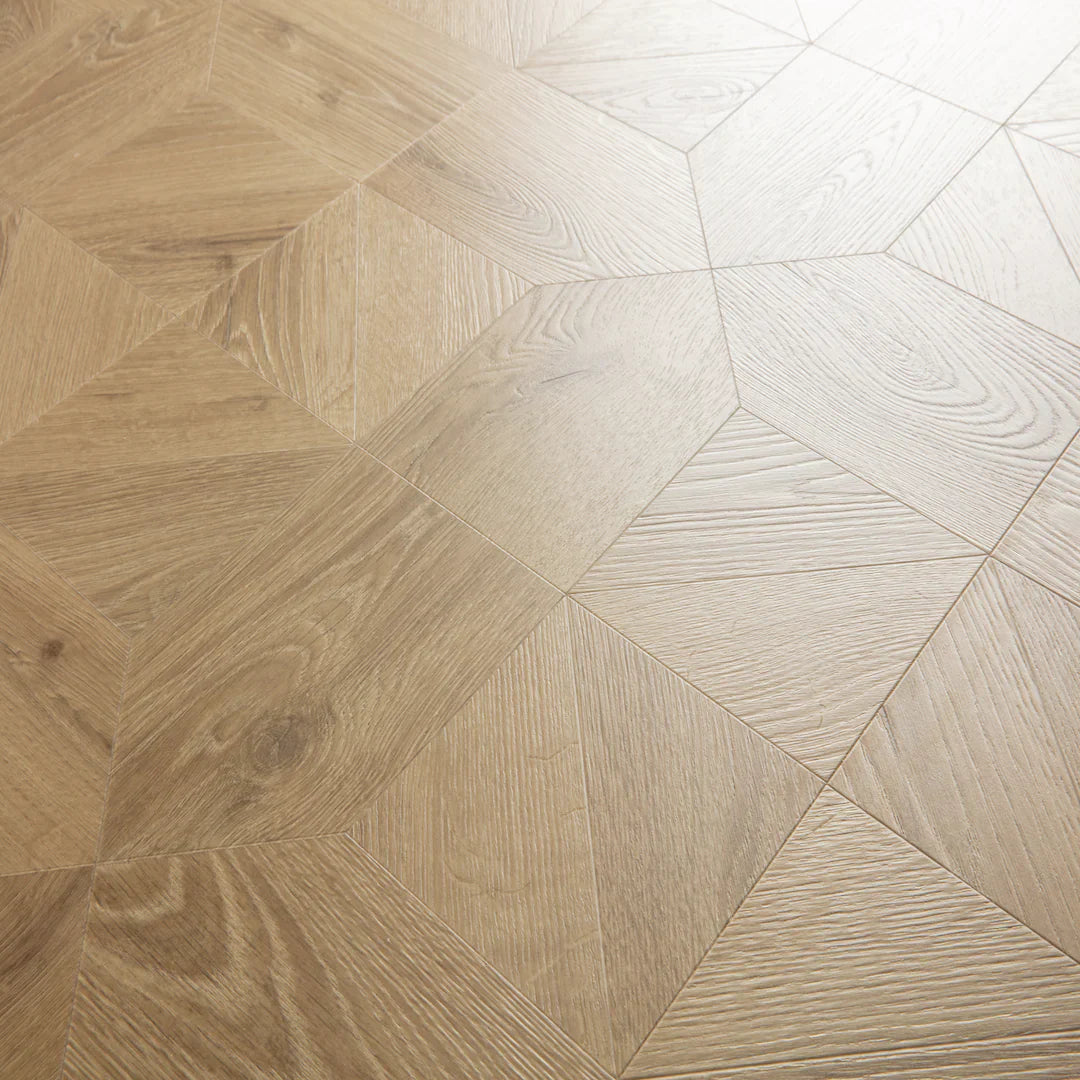
Author, Written by: Bledy (Installation Expert and Technical Writer)
If you’ve ever wondered whether it’s okay to mix different flooring styles in your home, you’re not alone. It’s a common design dilemma:
Should you stick to one consistent floor throughout, or mix things up from room to room?
The answer? Yes—you can mix flooring styles (and do it beautifully)—but it’s all about balance, flow, and thoughtful transitions. Done well, it can add depth, visual interest, and function to your home. Done poorly, and it might feel disconnected or chaotic.
Let’s break down when it works, how to do it right, and when consistency might be the smarter choice.
Why You Might Want to Mix Flooring Styles
Mixing flooring types isn’t just about aesthetics. Sometimes, it’s practical:
✔ Different needs for different rooms – A waterproof floor in the bathroom, soft flooring in the bedroom, and durable surfaces for high-traffic areas
✔ Zoning open-plan spaces – Use flooring to visually divide a kitchen from a dining or living area
✔ Adding character and texture – Combine materials like wood and tile for a layered, custom feel
✔ Highlighting architectural changes – Floor changes can follow wall breaks, doorways, or level shifts
🎯 Think of floors like wall paint—you wouldn’t paint every room the same colour (unless that’s your look), so why treat floors differently?
When Consistency Wins
While mixing styles can be dynamic, there are cases where a unified floor is best:
✔ Small homes or flats – Continuous flooring can make a space feel larger and less broken up
✔ Modern minimalist interiors – A single material creates calm and visual flow
✔ Resale value – Some buyers prefer a consistent look, especially in open layouts
🧭 If your home is compact or doesn’t have clear breaks between spaces, going with one flooring type might simplify things.
Tips for Mixing Flooring Styles Successfully
1. Keep the Tone Consistent
Choose floors that share a similar undertone—whether warm, cool, or neutral. This helps different materials feel like part of the same palette.
✔ Light oak and pale tile
✔ Rich walnut and slate
✔ Greige vinyl and cool-toned carpet
🎨 Tip: Even with different textures, a consistent tone helps everything flow.
2. Use Transitions Thoughtfully
Don’t overlook where floors meet. Smooth transitions are key to making different floors look intentional.
✔ Thresholds or transition strips keep things neat and reduce tripping hazards
✔ Tiling transitions (like herringbone wood meeting tile) add a bespoke design element
✔ Try using a border or inlay to frame one floor before introducing the next
🚪 Best places to transition: Doorways, kitchen-to-living spaces, and bathrooms.
3. Stick to Two or Three Materials Max
More isn’t always better. Using too many flooring styles can make a home feel busy and disjointed.
✔ Limit yourself to 2–3 materials in a home
✔ Repeat materials in different ways (e.g. same tile in bathrooms, same wood throughout living areas)
💡 Pro move: Mix wood-look vinyl with real hardwood of a similar tone for different rooms with a unified feel.
Popular Flooring Mixes That Work Well
-
Wood in living areas + tile in wet zones
-
Luxury vinyl in bedrooms + real stone in entryways
-
Patterned tile in powder rooms + engineered wood elsewhere
-
Textured carpet in bedrooms + wide-plank laminate throughout open spaces
These combos bring style without sacrificing practicality.
So, Yes or No?
Yes—mixing flooring styles can absolutely work when done with intention. It’s a great way to combine aesthetics with function, tailor your home to your lifestyle, and create visual interest from room to room.
Just remember: consistency in tone, transitions, and material quality will help your floors feel connected—even if they’re not identical.
✨ Need help choosing flooring styles that mix beautifully? We’re here to guide you through combinations that feel cohesive, stylish, and practical for your home.
About Author:
Bledy is a flooring installation expert with over 15 years of experience. He writes easy-to-follow guides and tips to help homeowners and professionals with flooring projects.
